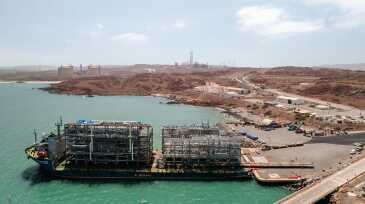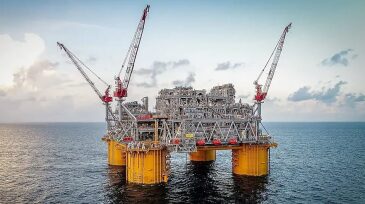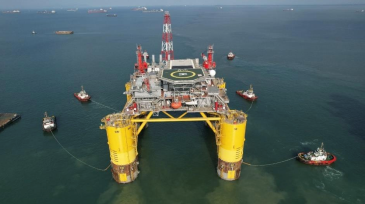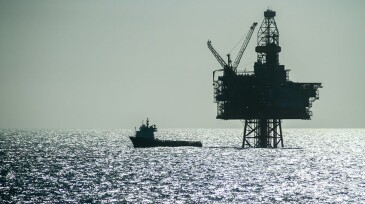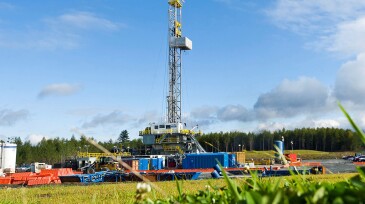Management
The $1.3-billion deal targets DJ Basin assets producing 35,000 BOEPD, and Japex aims to increase that output to 50,000 BOEPD around 2030.
The Nigerian Upstream Petroleum Regulatory Commission has set its sights on anti-corruption efforts for the 2025 Licensing Round, which began on 1 December.
The latest corporate plan drops the amount the company says it will invest in low-carbon efforts by $10 billion from last year’s plan.
-
The Scarborough energy project is targeting first LNG cargo in 2026.
-
Deepwater US Gulf field is now pumping hydrocarbons back to the Appomattox platform.
-
The largest project to date will add a capacity of 250,000 B/D starting in 2025.
-
The Australian oil and gas company said the new commitments underscore its goal to achieve net zero Scope 1 and 2 emissions by 2040.
-
The work covers integrated well construction services for the Búzios field off Brazil.
-
Houston-based Chord is set to see its daily output increase to a basin-leading average of 287,000 BOE/D.
-
The EPCI contract scope includes 20K-psi-rated subsea tree systems.
-
The North Sea Transition Authority has previously said failure to invest in platform electrification could threaten future production rights.
-
Sage Geosystems said it will use the new equity funding to build a geopressured geothermal system by year's end.
-
An analysis from the Energy Workforce & Technology Council found that the sector's job availability for January 2024 decreased by 0.6% compared with December 2023.




